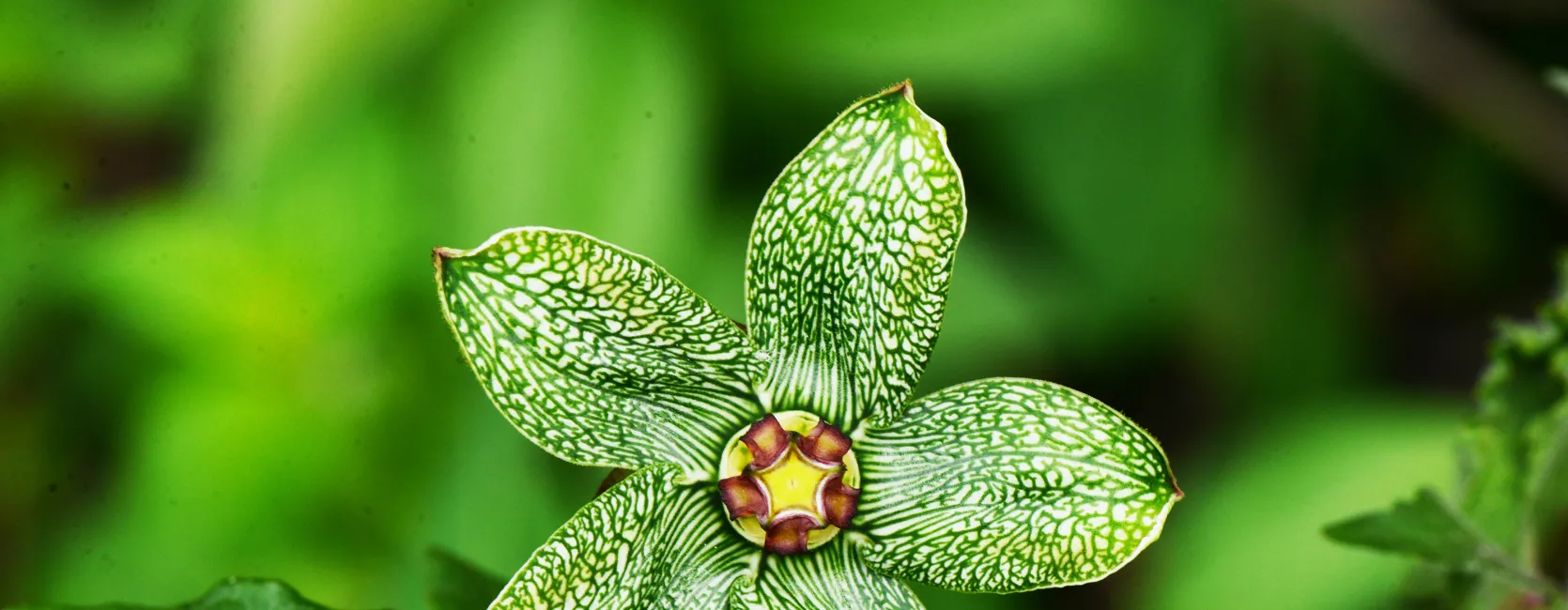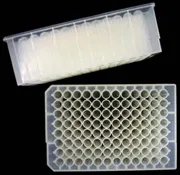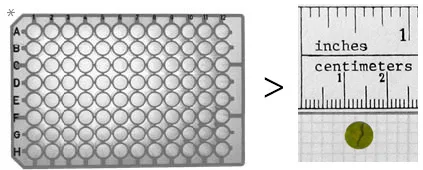Image


Once the sample tissues have dried, small samples can be loaded into the extraction blocks.

To load the 96-well plates, take a subset of the dried plant material (around 0.05 grams or just under 1 cm square) and place it in the well of a plate/block using forceps. Do not put any silica into the wells.

*Note the orientation of the plate. The notched corner should always be on the upper left when working with the plate. The well designation is determined by the row (A-H) followed by the column (1-12).

Place 8 samples at a time to complete one column, then cover that column with a strip cap that covers 8 wells. Make sure the caps are flush with the block surface. The caps provide a tight seal and prevent spillage and contamination. It is preferable to put samples of the same species or genus far apart on the plate, because if contamination from one well to another should occur, it can be easily spotted.
SI can provide blocks and caps on request.
Once all the sampling blocks are filled, send them to Smithsonian by Federal Express. Until all the blocks are filled, refrigeration is recommended. Do not freeze the tissue; multiple freeze-thaw cycles tends to degrade the DNA. Ship blocks via Federal Express (or other expedited shipping company) to:
Plant DNA Barcode Group
Smithsonian Museum Support System
Botany, A1001
4210 Silver Hill Road
Suitland, MD 20746
USA
Tel: 301-238-1108
Send the filled plates with dry tissue to the above address. The Plant DNA Barcode Group will grind and extract the tissue. Email the completed Excel file to Ida Lopez at lopezi@si.edu.
DNA extraction will not start until the data file is received by the Plant DNA Barcode Group.
Samples will be archived as tissue sample envelopes stored in silica gel and as DNA extractions. Duplicate vouchers will be mounted and accessioned into the US Herbarium collection.